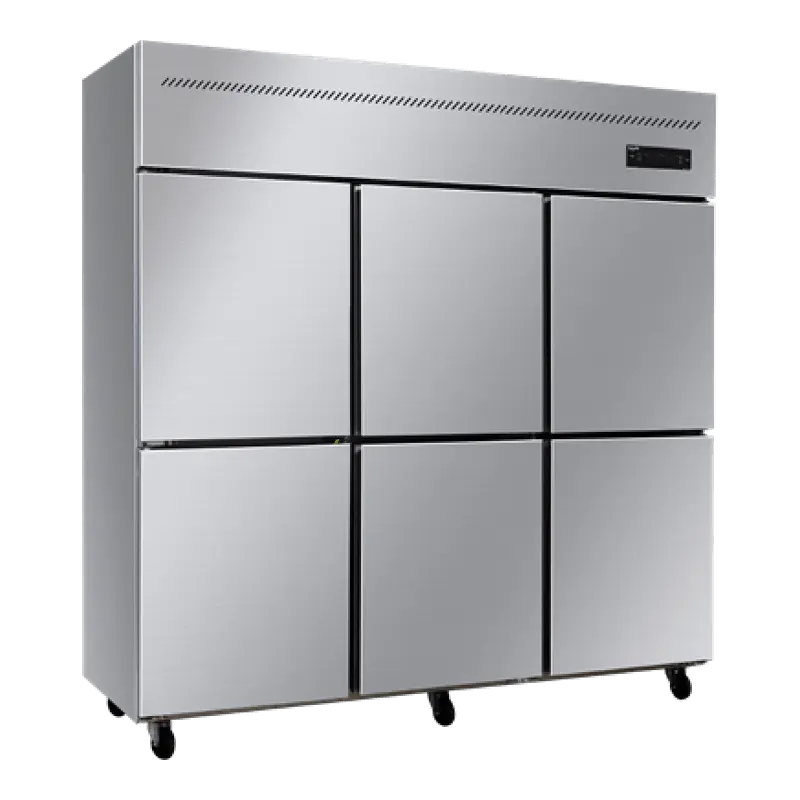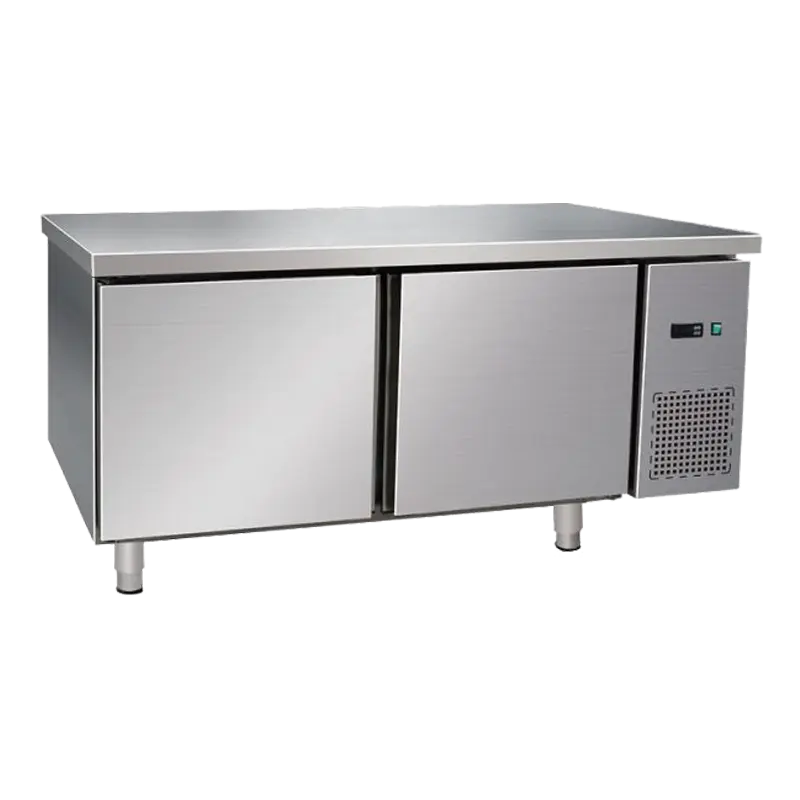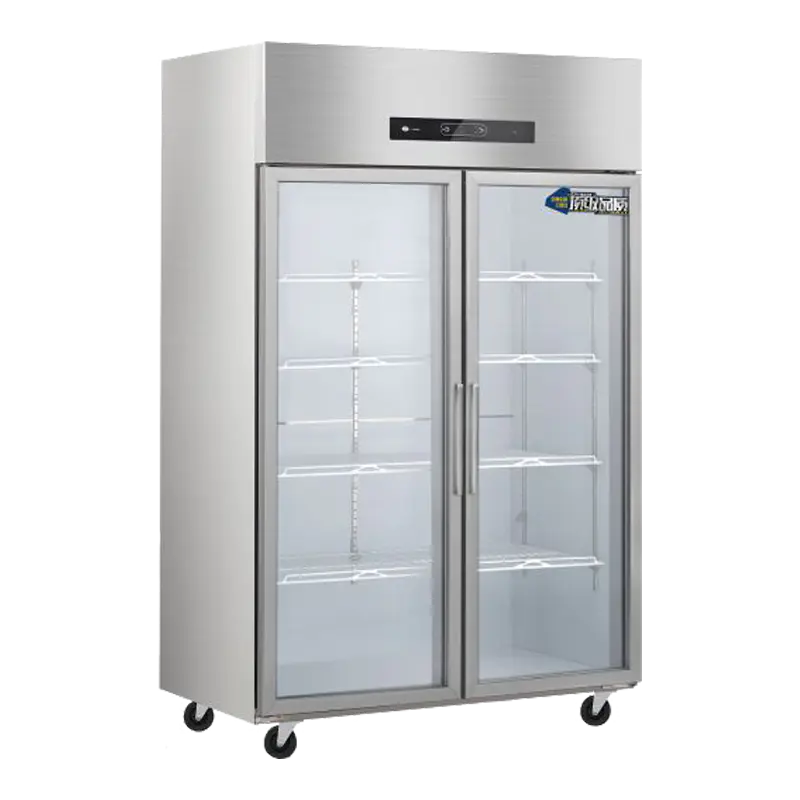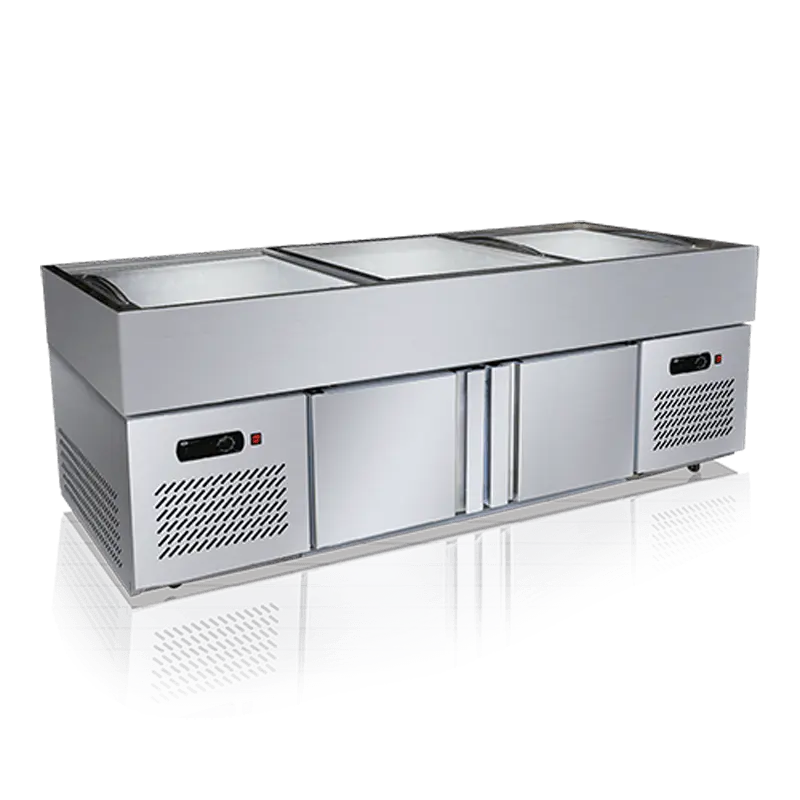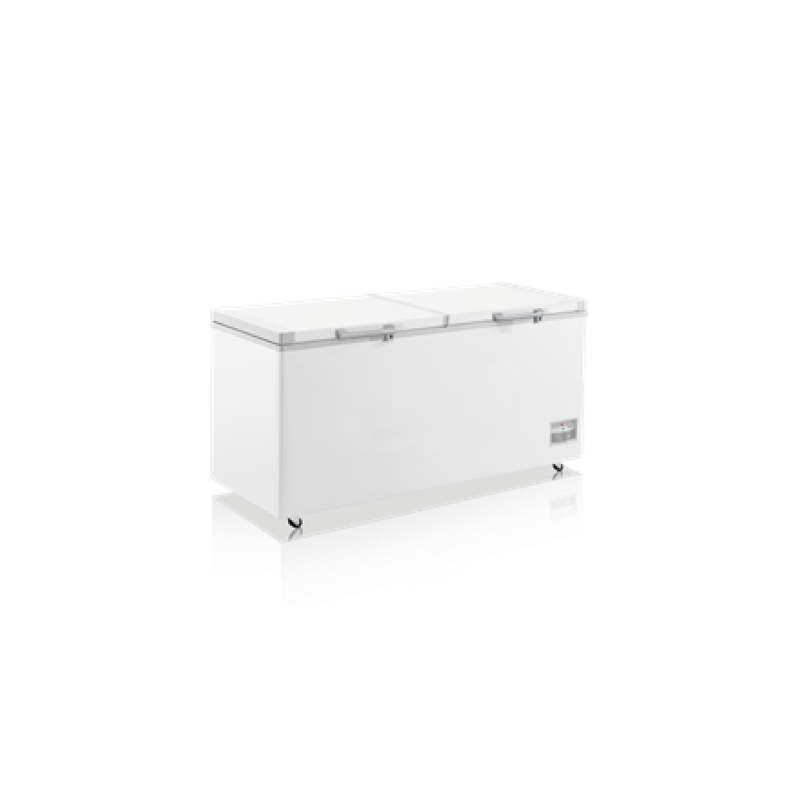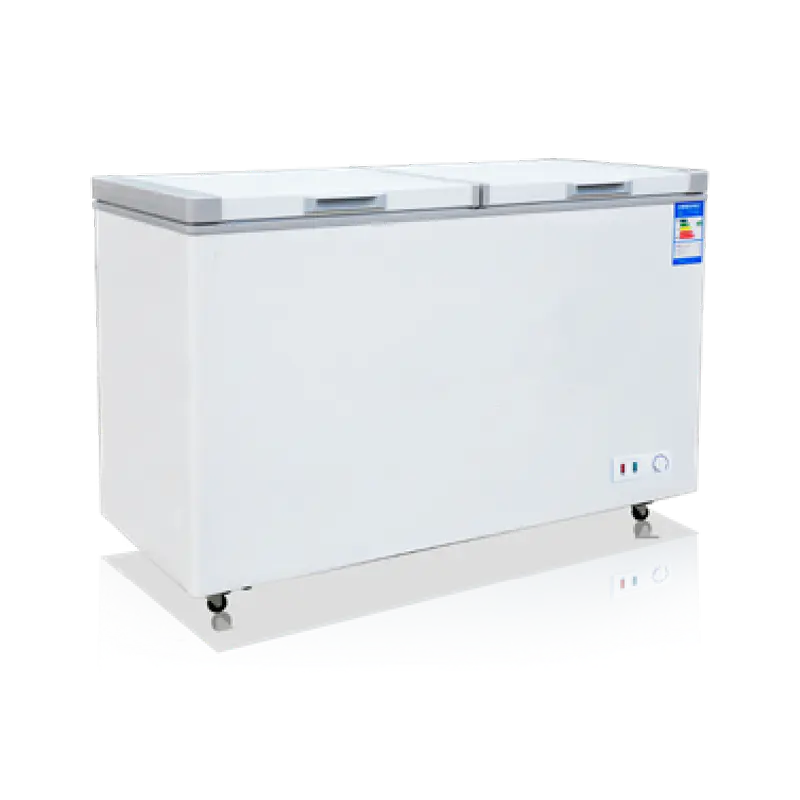How Foam Insulation Enhances Performance and Efficiency in Luxury Order Display Chillers
In commercial refrigeration, insulation isn't just a structural feature—it’s a critical factor in operational efficiency and food preservation. For businesses using high-performance units like a luxury Order Display Chiller, the difference between standard and advanced insulation materials can translate directly into energy savings, longer-lasting components, and consistently fresher products. One of the key technologies that sets premium chillers apart is the use of thickened foam layers within the glass structure, which acts as a thermal barrier between internal storage zones and external temperatures.
The foam used in the structure of a professional Order Display Chiller is typically polyurethane or a similar high-density material, chosen for its low thermal conductivity. This means that even under constant exposure to ambient heat—such as in open restaurant environments or busy commercial kitchens—heat transfer into the chilled compartments remains minimal. As a result, the internal temperature stays stable with less strain on the compressor, leading to better temperature retention and reduced energy consumption over time.
Beyond energy efficiency, foam insulation also plays a vital role in maintaining product integrity. In a unit with multiple temperature zones—such as refrigerated, micro-frozen, and frozen compartments—thermal isolation is essential to prevent cross-temperature interference. The insulation forms part of a system that ensures the refrigerated area stays within 2–8 °C for fresh produce, the micro-frozen zone remains at -5~5 °C for ready-to-use meats, and the deep-freeze section holds at -18 °C without fluctuation. Without quality insulation, temperature mixing would compromise product quality and increase operational risks.
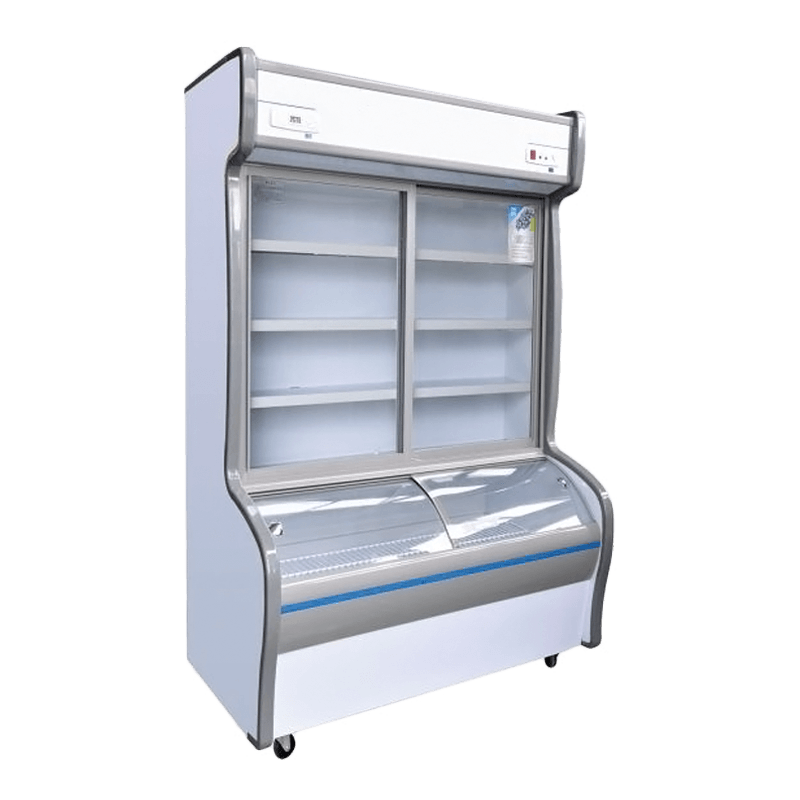
Another advantage lies in the ability of foam layers to prevent cold air leakage, which is often an invisible yet costly issue in poorly designed display chillers. Leaked cold air doesn't just mean wasted energy—it also leads to internal condensation and frost build-up, which can impact visibility and hygiene. With our luxury Order Display Chillers, the integration of high-grade foam into both the paneling and glass display layers minimizes this risk. That means more consistent performance and less time spent on maintenance or manual defrosting, which busy foodservice operations truly appreciate.
From a structural standpoint, foam insulation also adds rigidity to the chiller’s body. This translates into better durability during long-term use, especially in high-traffic commercial environments. The chiller’s frame—typically constructed from corrosion-resistant aluminum alloy—is further stabilized by the foam core, which acts almost like an internal skeleton. Over years of operation, this results in fewer issues related to door warping, seal degradation, or energy loss due to material fatigue.
In today’s energy-conscious marketplace, investing in equipment that supports both environmental and economic goals is increasingly important. An Order Display Chiller that incorporates advanced foam insulation does more than just store food—it actively supports efficient business operations. Whether it’s reducing power bills, cutting down on maintenance frequency, or helping staff serve faster with reliable temperature zones, this is a smart solution for forward-looking businesses.
For any customer looking to upgrade their commercial refrigeration setup, the insulation system should be a decisive factor. With a luxury Order Display Chiller, you're not just getting a stylish unit with customizable finishes—you’re investing in proven technology that’s built around real-world foodservice demands. It's these thoughtful details, backed by manufacturing expertise and a focus on long-term value, that set our chillers apart in the market.


 English
English русский
русский Español
Español عربى
عربى


